Do you remember when you were a child and got totally mesmerized by a bug or a worm you almost stepped at? You picked it up, studied how it walked across your hand before it fell back on the ground, and were amazed by the fact that it could fall such a far distance relative to size without evidently getting hurt. An early scientific observation even though you had yet to learn hypothesis testing.
Stop and listen to the bird
I remember an early spring weekday morning. As normal, I rushed out to the car holding the hand of my then five-year-old son. I insistently dragged him to make him walk faster – and then he stopped – to my annoyance – and smilingly said: “Mom, listen to the bird!” I stopped, lowered my shoulders, listened and smiled with him. Of course we had time to listen to the beautiful song of one of the first birds that had migrated back from Africa. In a world that seems like it is spinning faster and faster with overwhelming stress, we forget to take time to observe our surroundings. We forget that it is these surroundings that give us inspiration and help us solve things we are working on and help us become creative by observing.
Larger holes in your input filter
In an article in Scientific American Mind the author, Shelley Carson, explains how highly creative people think. One of her theories is that highly creative people have a failure to ignore information that is irrelevant to current goals and survival, a cognitive disinhibition. Less creative people block out and filter more information, thereby reducing the input reaching their conscious mind. To become more creative you need to make larger holes in your input filter and start to observe and get creative by observing. Open your mind for new and old impressions. Observe shapes, sounds, smells, movements, textures and feelings. Notice how people interact, how the wind blows, how the rain hits your car window, the shape and color of an apple, how water moves, how the lawnmower sounds like etc. etc. Open up and make a mental library of observations.
Curiosity didn´t kill the cat – not paying attention did
I´m not suggesting you wander into a dream-like world where you lose touch with the tasks you need to do. I am suggesting you spend a few minutes of your day to take in what is happening around you. When you find yourself in a potentially boring situation (like waiting for the bus), instead of using your phone to check e-mails or text, observe in detail that which is in your vicinity. Instead of walking at a fast pace for no apparent reason; slow down and notice differences. Pay attention. Start feeding your curiosity and your ability to be fascinated. Opening the filters on your brain to information that may not necessarily by precisely pertinent to the science problem you are trying to solve will allow you to think orthogonally- paradoxically actually solving your problem and getting creative by observing.
Look at one of my former blog post with a list of other suggestions for increasing your creativity.
If you have experienced situations were you were glad you took time to observe; leave a comment.

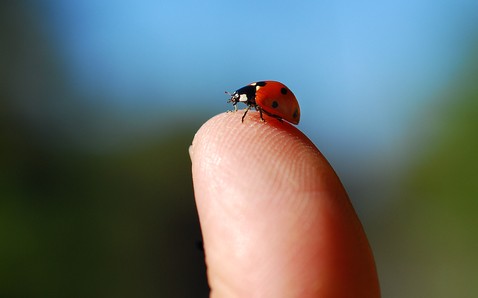
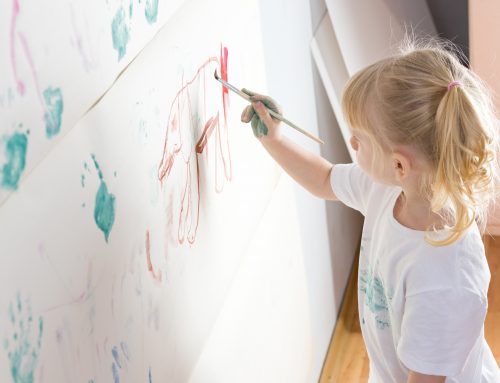

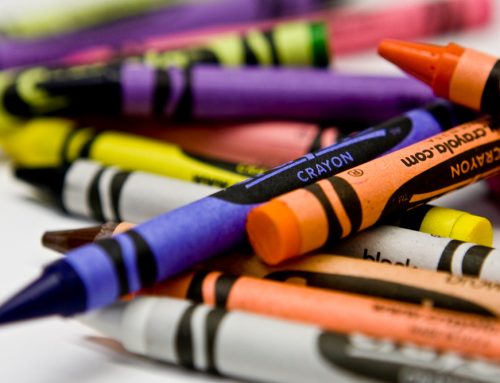
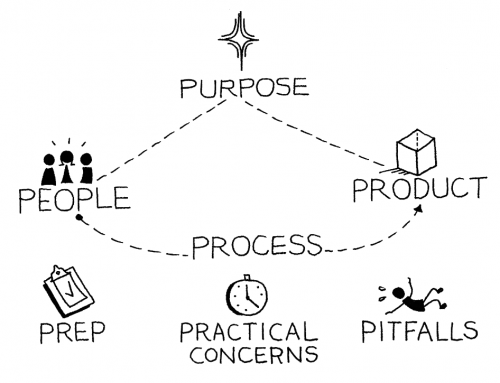
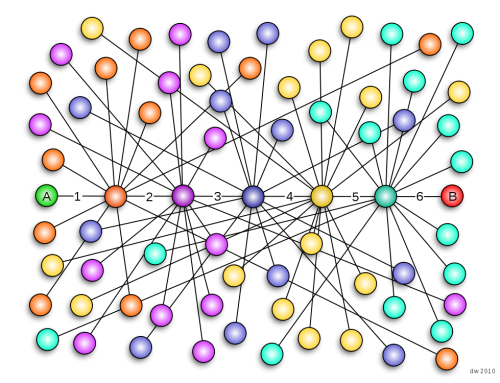
Leave A Comment